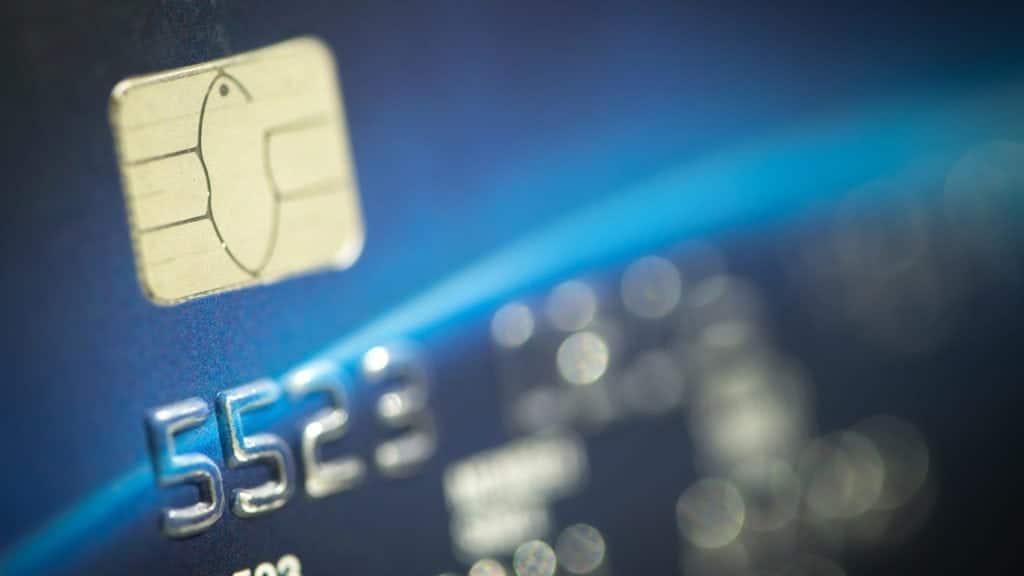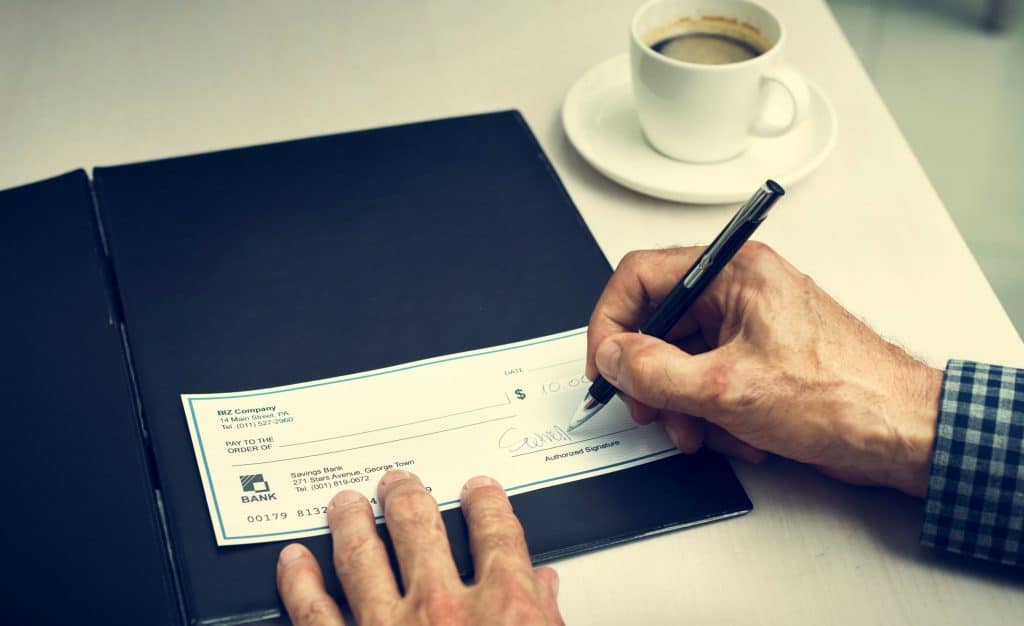BIN Checker: Understanding Bank Identification Numbers

TABLE OF CONTENTS
Bin Checker
What Are BINs?
A Bank Identification Number (BIN) is the first four or six numbers found on any debit or credit card. Essentially, this set of digits specifies the financial institution that issued a payment card.
Every BIN number can be checked to prevent fraud and ensure the protection of both merchants and consumers when shopping. When you run any BIN number through a checking system, you end up with accurate information about the geolocation, card issuer, and card type.
Since online banking systems have become more popular and virtual cards have become a norm, BIN numbers aren’t necessarily bank-issued. Hence, BINs are also referred to as IINs, or Issuer Identification Numbers. A few examples of IINs include Revolut, PayPal, netSpend, and other virtual or prepaid cards.
What Is a Major Industry Identifier (MII)
As a part of any BIN number, there is an MII number. The MII number is short for the Major Industry Identified. This is the first digit on your payment card. It serves the specific purpose of identifying the type of the issuing institution. As we’ve mentioned earlier, banks aren’t the sole authority to issue a card.
Hence, the American National Standards Institute, along with the International Organization for Standardization, have formed a system where each number correlates to an institution.
Here is a list:
| MII Digit Value | Issuer Category |
| 0 | ISO/TC 68 and other industry assignments |
| 1 | Airlines |
| 2 | Airlines and Financial |
| 3 | Travel and Entertainment (includes Amex) |
| 4 | Banking and Financial (includes Visa) |
| 5 | Banking and Financial (includes Mastercard) |
| 6 | Merchandising and Banking (includes Discover) |
| 7 | Petroleum |
| 8 | Healthcare and Communication |
| 9 | Government |
BIN Number Example
To demonstrate how a BIN number works in real life, let’s take a look at this hypothetical situation. You use your card to pay for your order in a restaurant. As your card is swiped, the point-of-sale scans your card’s BIN number to identify the financial institution that issued it.
Right that second, the terminal sends out a request to your account. Provided you have enough funds in your account, the transaction takes another few seconds to issue approval. Otherwise, the transaction gets declined.
The process happens almost instantly, and you don’t even realize paying the bill takes so many steps behind the scenes.
Your card’s BIN number may look like this: 37432 2XXXX XXXXX
These digits give us the following information:
- Card brand: American Express
- Issuing bank: Bank of America
- Card type: Credit
- Card level: Personal Green Revolve
Let’s take a look at a different BI number: 53387 5XXXX XXXXX
- Card brand: Mastercard
- Issuing bank: Banca Sella SPA
- Card type: Debit
- Card level: Prepaid
What Is a BIN Checker?
A BIN checker is a free tool that helps you retrieve information about a payment card based on the BIN number. Any valid BIN number contains key details about a card brand, its issuing bank, card type, and card level. You can dig deeper and find out the ISO country, website, and contact details.
Most free tools have a vast database that is regularly updated.
How to Use a BIN Checker?
BIN checking tools are very straightforward to use. Grab your card and type the first 6 digits into the input box. Make sure you type it in correctly and press “Check.” Some websites will require you to pass CAPTCHA verification – simply choose the asked squares on the images or tick the box.
Why Use a BIN Checker?
As a consumer, you may not need to use the BIN checker on a daily basis. However, merchants can find it quite a handy tool. Here are some of its key purposes:
- To check who is the card issuer: If you suspect fraud or need to dispute a charge, knowing what institution issued a card will help you identify who to contact. You don’t need to manually google every first digit, but only type the first digits and get access to all the info.
- To find out the issuing bank: In some cases, you will need to escalate some issues to the bank directly. To find out what bank issued the card, use the BIN checker to identify the financial institution.
- To learn about the country of issuance: Knowing whether the payment is domestic or foreign is an important concern for some merchants.
- Finding the contact information: Knowing the issuing bank may not be enough in some cases. The BIN checker can also provide you with the contact details of the issuer.
How Does a BIN Number Work?
When making an order online, consumers go through a verification process that usually consists of two steps. The first step is authorization which directly involves a BIN number. A BIN number passes through the key information about the card type, its issuer, and its level. With this information, the payment processor knows who to address and who can signal whether the account holder has enough funds to complete the transaction.
Next, there is clearance. This step finalizes the transaction between two financial institutions.
How to Use BIN Numbers?
Basically, you use your BIN number every time you pay. Other than that, nobody really uses it. It exists, it’s there printed on your card. As a consumer, you may want to learn what those digits mean out of curiosity. As a merchant, these four or six digits can reveal a lot of useful information.
To recap, the first digit is the Major Identification Number. The rest reveal useful information about the bank, type, and level of the card.
Purpose of BIN Numbers
When consumers pay for goods at a physical or online store, merchants can use BIN checking tools to check whether the card is genuine or counterfeit. Different types of cards have their allocated features; hence, BIN information also informs merchants and payment processors about that.
Other purposes of BIN numbers include:
- Informing about the level of the card and whether it has special benefits from the issuers.
- Payment processors can compare the address on the BIN number with the address provided by the consumer and see if they match.
- You can find the bank’s contact details with a website and sometimes even a phone number.
- A BIN number will show what type of card it is and its issuer (e.g. prepaid or standard, and AmEX or Mastercard).
Risks Associated with BIN Numbers
What many people fear is payment fraud. Nothing can be scarier than seeing your hard-earned fund leaked with no return. One of the things to prevent such an unfortunate turn of events is to not share your card details online and make sure the merchant uses a secure payment processor.
Before we jump to how BIN numbers can rescue consumers and merchants from a disaster, let us inform you of what scams are common today.
BIN Attacks
BIN scams have become more sophisticated, and everyone involved in eCommerce should watch out. BIN attacks are events where a payment card or identity is stolen directly from the bank or merchant. A BIN attack can also happen with a fake card number, but also with an existing BIN number. Hence, merchant should invest in a reputable payment processor like My Payvemt Savvy to prevent data leakage.
BIN Cloning
BIN cloning is as the name implies cloning of the actual debit or credit card. Moreover, not only the BIN number and the cardholder name is cloned, but so does a magnetic stripe and a chip. Later, a cloned card is resold or used to purchase goods.
How to Protect Your Business from BIN Fraud?
This final chapter is more dedicated to merchants to remind them to be mindful if they suspect card fraud and act immediately. BIN numbers can become a helpful tool to spot illegal activity and report to the card issuer. Your payment gateway can do all the heavy lifting for you but you can also pay attention to purchases that raise a question.
An automated BIN checker can also automatically and instantly assess the transaction risk and mitigate it before it’s finalized. With the BIN data available to you, you can escalate the case to the bank issuer.
Frequently Asked Questions
Where can I find a BIN number?
You can find a BIN number printed on your payment card. It is the first six digits that you can check in any BIN checker tool. The first digit is what is known as Major Identifier Number and the rest contain the information about your card issuer, type, and level.
Why is there an 8-digit BIN number?
The mandate to issue payment cards with 8-digit codes is a recent one. It was issued so that there will be more unique numbers in the system. Currently a BIN checker stores over 400,000 unique BIN numbers, so it’s only a matter of time banks will start issuing new payment cards with longer BIN numbers.
What information can be derived from a BIN?
A BIN number provides information such as:
- Card issuer’s name
- Country of origin
- Card type (debit, prepaid, credit)
- Card level
It’s worth noting that BINs do not contain any personal information about the cardholder.
How is a BIN number useful in preventing fraud?
BINs play an important role in preventing fraud. Merchants and payment processors can cross-reference the BIN against a database to verify a payment card.
Can I use a BIN to see my credit card balance or limit?
No, a BIN number can not provide such information; it only identifies card issuer and related data.
Are BINs globally unique?
Yes, BINs are stored in a specialized database that maintains BIN information.
Are BIN used for credit and debit cards only?
No, BIN numbers are issued on prepaid, virtual, and gift cards. Basically, any card that was issued by a bank or other financial institution. An example of one is PayPal.
Final Word
A BIN number is a Bank Identification Number that is issued by a financial institution. Since banks aren’t the only authority to issue a payment card, BIN number is also known as IIN or Issuer Identification Number. These numbers are binded to their issuing institution and can identify:
- Issuing bank
- Card brand
- Card type
- Card level
- ISO country name
- Issuer’s website
As you can see, these details can come quite useful for merchants or automatic BIN checkers to scan payment cards and prevent fraudsters from generating fake numbers, even with genuine BINs.
Although verifying BIN numbers shouldn’t be the only solution to prevent illegal activities, it is a part of a two-step verification that can decline the transaction if the address or other sensitive information doesn’t match.
Consumers should be educated on how to use their credit cards securely, while merchants should invest in better security and reliable payment processors.
Payment Savvy is here to help and take the responsibility of securing safe online shopping for your valuable consumers. Check our custom-made solutions and make your website a safe place to shop.



